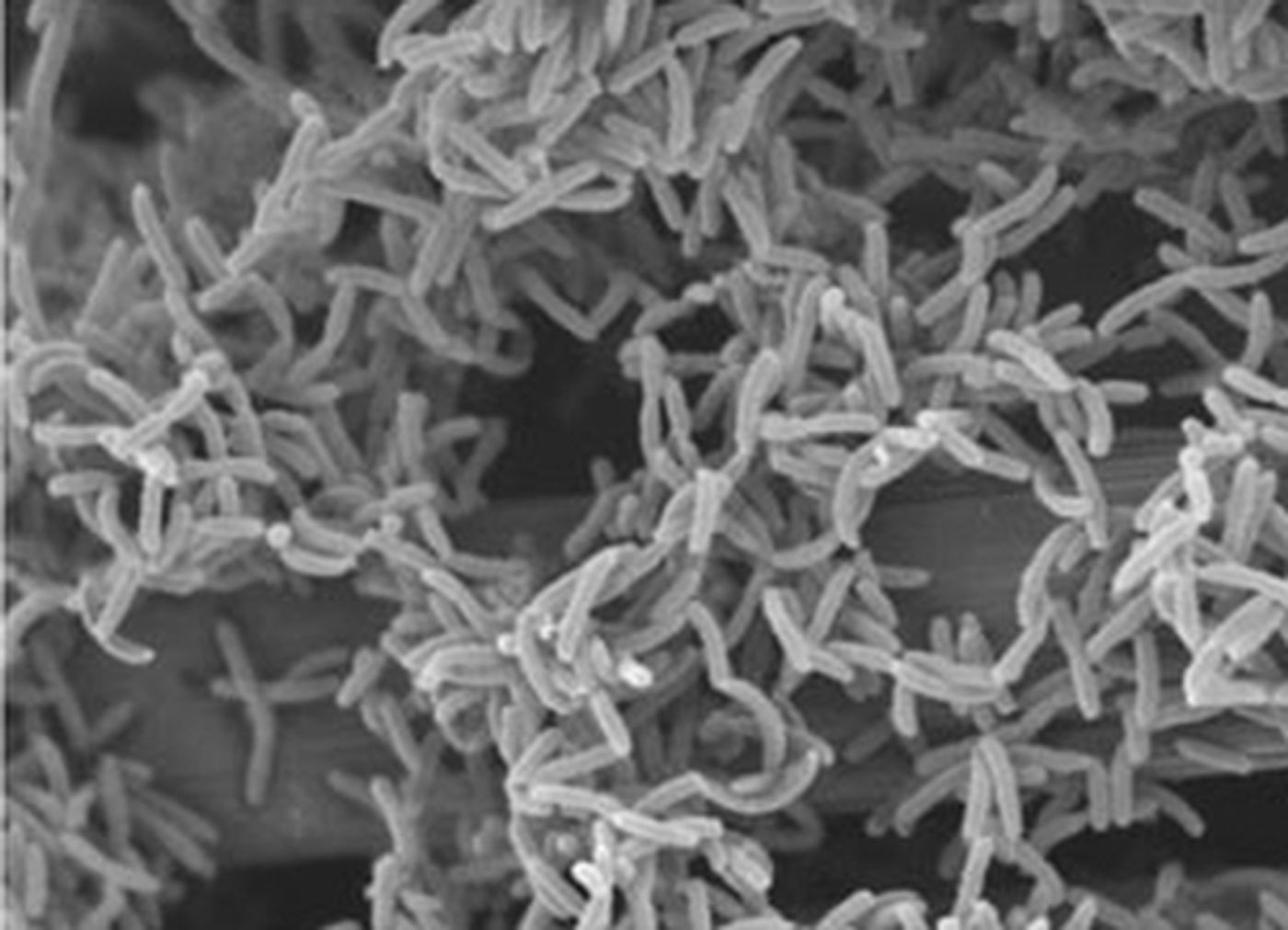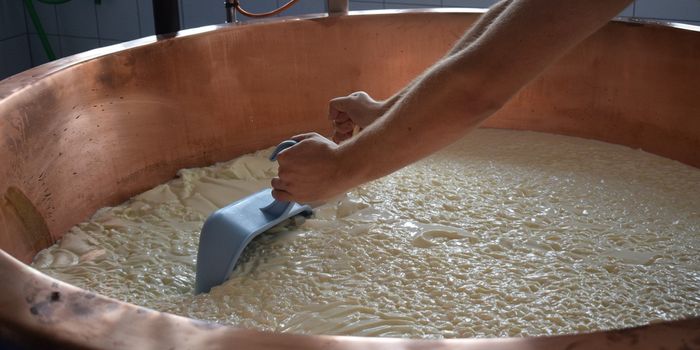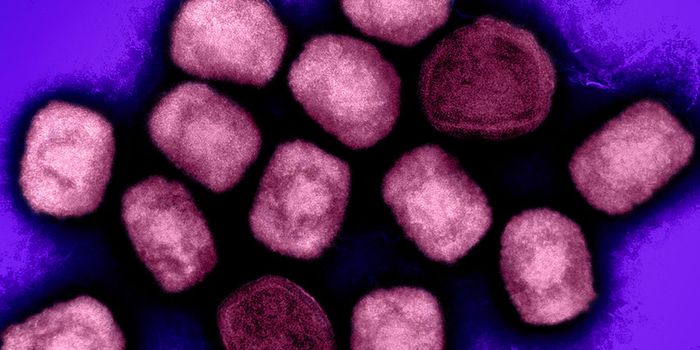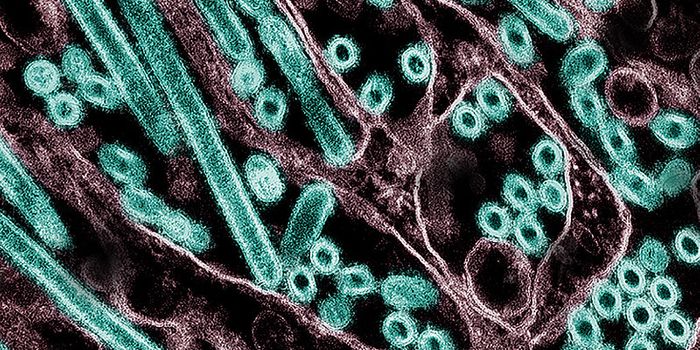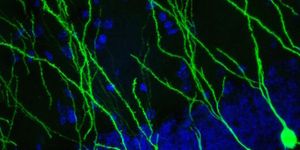Scientists have
demonstrated that microbes living deep within an aquifer filled with rocks in Death Valley, California can use energy in the form of electrons for survival. It was known that these speciaes, Delftia and Asonexus, had alternative metabolic strategies, this is the first time it’s been shown that electron transfer is providing sustenance for existence.
While all forms of life employ electricity to function, researchers have thought that it was impossible for organic life to directly eat and emit electrons. Organisms living in very unusual places- extremophiles - such hydrothermal vents far beneath the ocean surface where they are subjected to intense pressure and heat, or in alkaline hot springs, have to use a range of creative means to live in their natural habitats. Those features often make these microbes tough to study in a lab where such environmental conditions aren’t easily replicated.
Scientists searching for these bugs have surprisingly found a rich and diverse bounty of them when they have looked in places that may contain very little oxygen but instead have lots of minerals. Now begins the arduous task of determining exactly how these organisms are getting their jobs done.
Humans and other animals typically consume food to obtain electrons that they can then use for their energy needs, then expelling them in the breath. In a
paper published in Frontiers in Microbiology, an open access journal, Moh El-Naggar, an Assistant Professor of physics at the University of Southern California and colleagues have reported their data showing extracellular electron transfer (EET), a mode of metabolism that allows microbes to rise to the massive challenge of living in an extreme environment. The short video below illustrates EET from iron to bacteria.
While EET has been described previously in some bacteria that can exchange electrons from their cells with metals, the extent to which EET is employed by microbes living deep underground or in other odd places is not yet fully appreciated or understood. There have been studies of this process in two model systems where electrodes have stood in for insoluble minerals that would be present in the environment, and a few mechanisms have been described in detail. The power to transfer electrons to anodes has been shown in several classes of bacteria, and recent work suggests that a great diversity of microbes are able to take up electrons from electrodes. Taken together, it seems that microbial EET is far more widespread than previously imagined. Electrode-based mechanistic abilities might also become a new way to identify and characterize organisms.
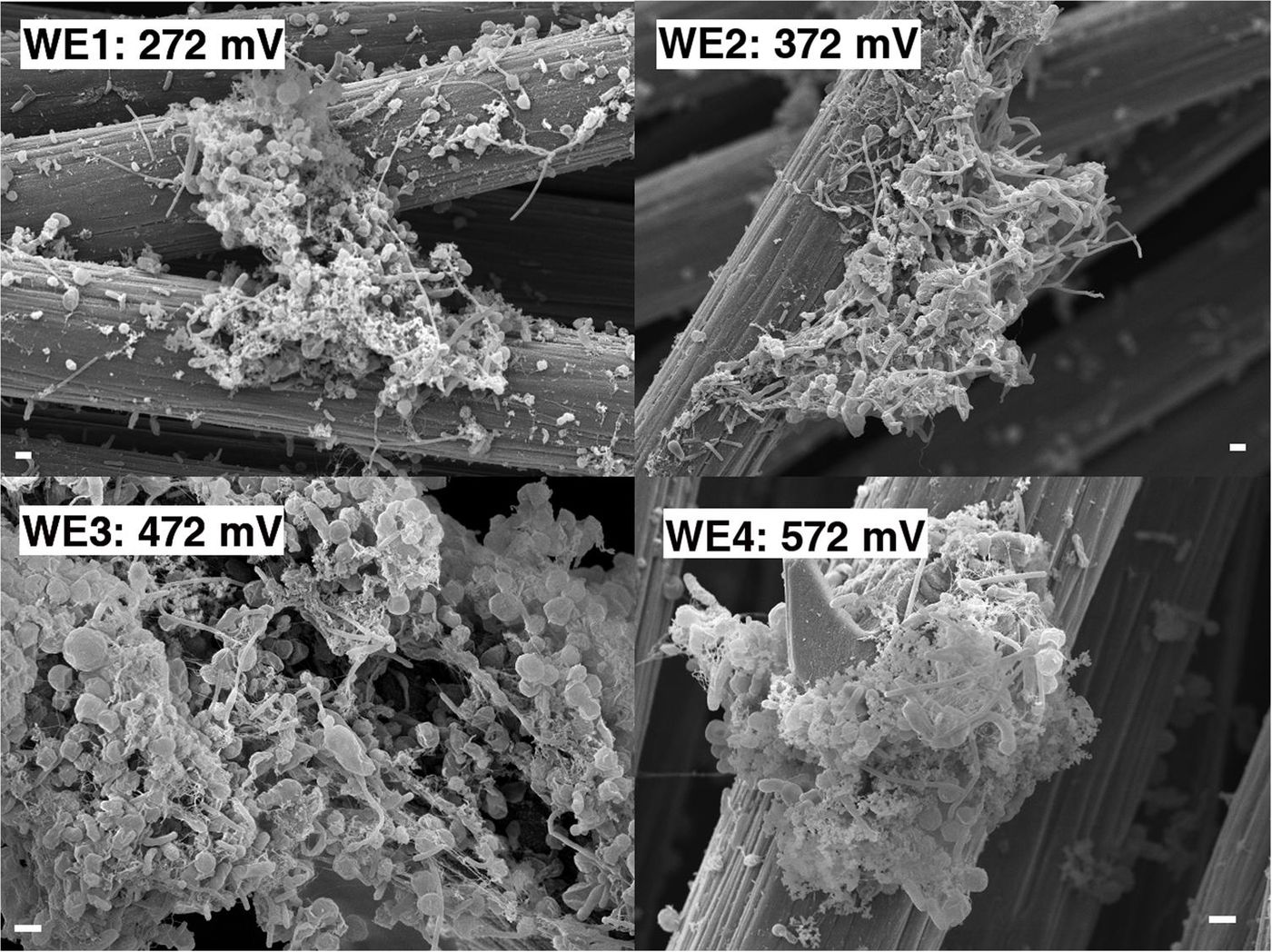
This new work focuses on rock eaters or lithoautotrophs; they obtain their energy needs from inorganic materials like sulfur, iron or manganese. Investigators used electrodes left far underground for a long time to collect the bacteria. Incredibly, the bacteria are moving electrons across their membranes, once thought to be a powerful enough insulator that electrons would not be able to cross it. The mountain of evidence continues to grow however, that electrochemical activity in microbes is common phenomenon that becomes crucial in energy-limited or unusual conditions. It also suggests that in outer space, microbes may be surviving on other planets with ease.
Source:
Frontiers in Microbiology
